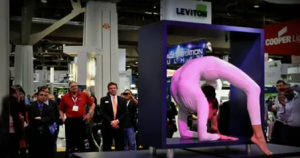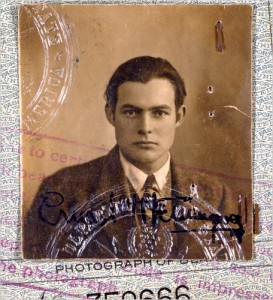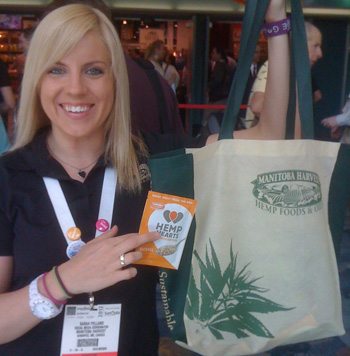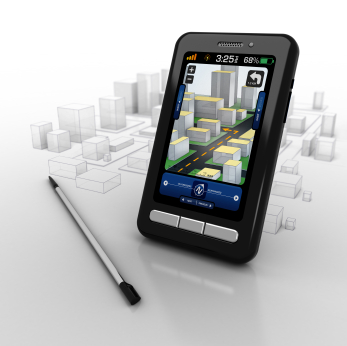Top Eleven Reasons to Use Social Media at Your Next Tradeshow Appearance
So the guy in accounting loves hanging out on Facebook, checking status updates and posting photos. Your sales manager loves Twitter. And the installer-guy checks in on Foursquare all day long.
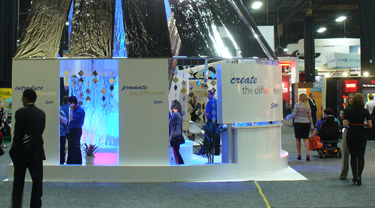
But you’re still trying to make the decision on whether or not your company should get involved in all of those platforms for your next tradeshow appearance.
Not to fear! Here’s an incomplete list of reasons why you should seriously consider using social media to engage with potential clients and visitors at your next tradeshow appearance.
- Most, if not all, of your potential booth visitors are already using social media.
- The entry level to using social media is cheap, if not free.
- Most, if not all, of your employees are familiar with, if not adept at, social media.
- Tradeshow are a visual medium. It’s easy to share visual images of the show and your booth through photographs and video.
- Twitter is a great tool for capturing attention and broadcasting to attendees through the use of hashtags. Hashtags are the magical currency that moves people from place to place and alerts visitors, thanks to the near-instantaneous spread of information.
- Tradeshows are social. Social media is social. People love to connect, either in groups or one-on-one.
- Social media actually makes in-person events more attractive, not less, as was thought years ago when it first came on the scene.
- Tracking metrics via social media can be extremely useful to your long-term marketing efforts. By uncovering information about your visitors, you can use that info to determine where they hangout online, what gets their attention, and what they respond to, so at future shows you’ll have more insight into their actions.
- Social media allows you to build buzz before the show.
- Social media allows you to stay connected during the show.
- Social media allows you to continue to drive online traffic and keep attendees and followers informed and interested long after the show doors have closed.
No doubt you can come up with more for this list. Suffice it to say that social media gives you tools, insight and leverage that you didn’t have before. And you can be assured that whether you use the tools or not, your competition is definitely using them!
In fact, feel free to download our free Social Media Tradeshow Marketing Checklist if you’re just getting started. It’s a freebie with no strings attached and no opt-in required: PDF download – right-click to save to your hard drive.

